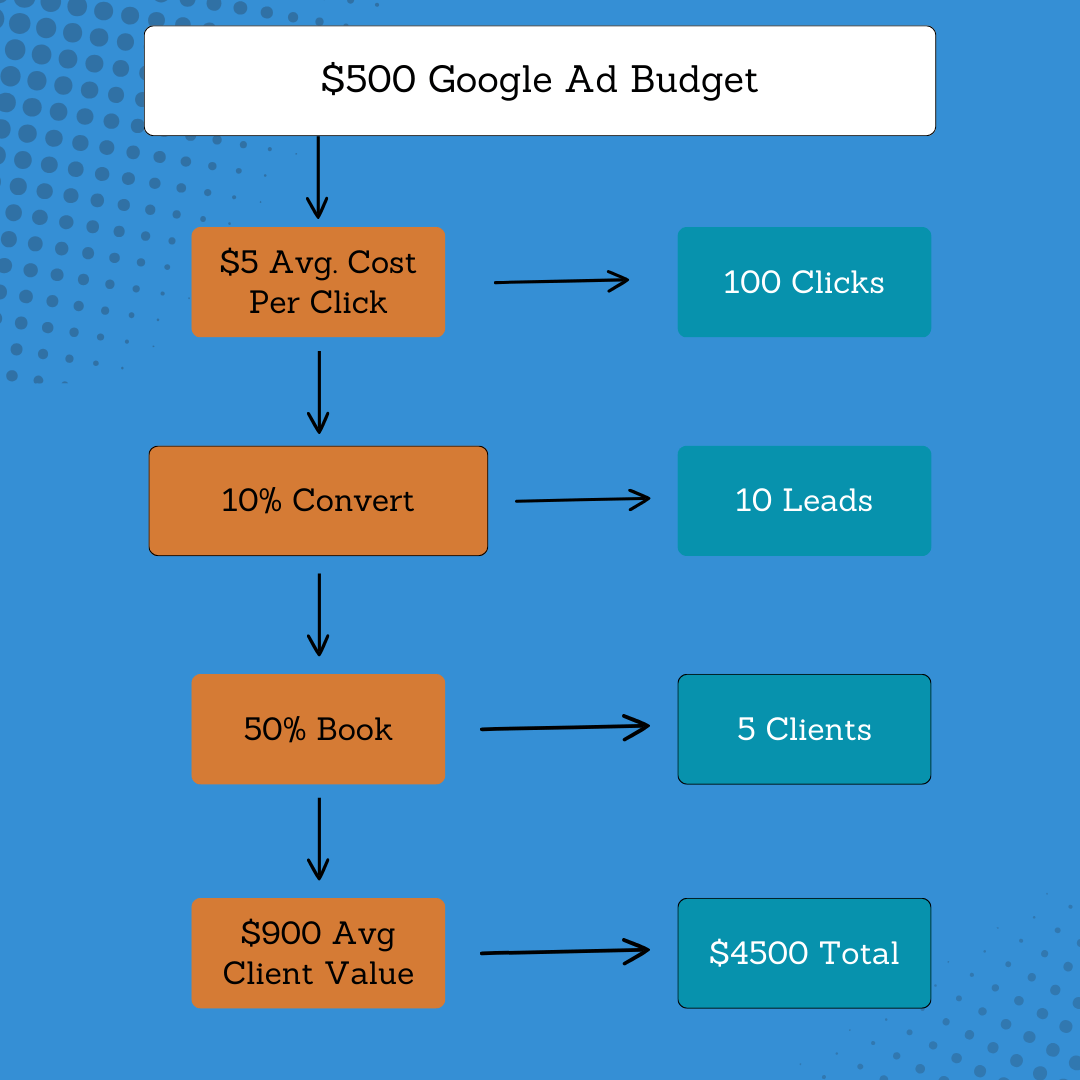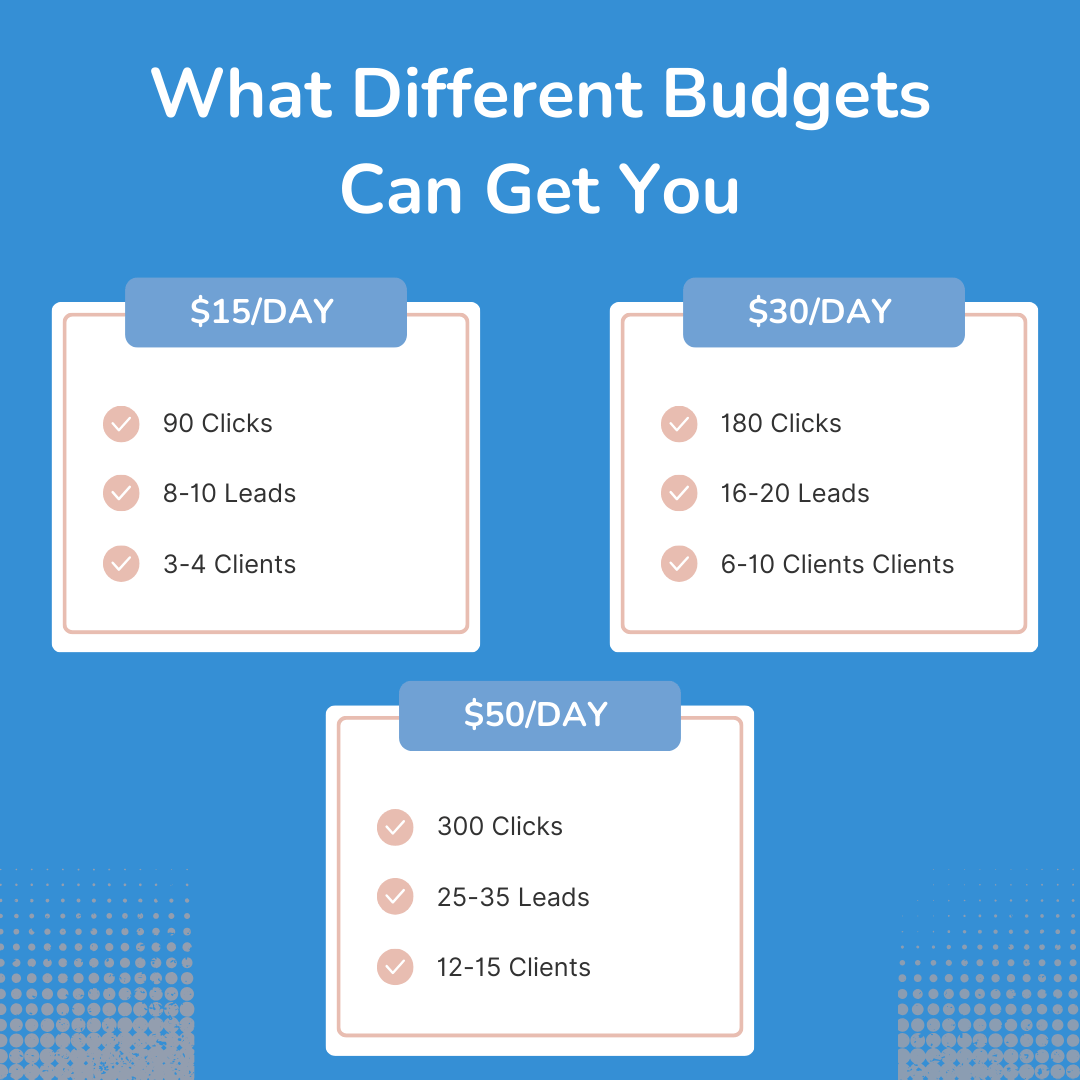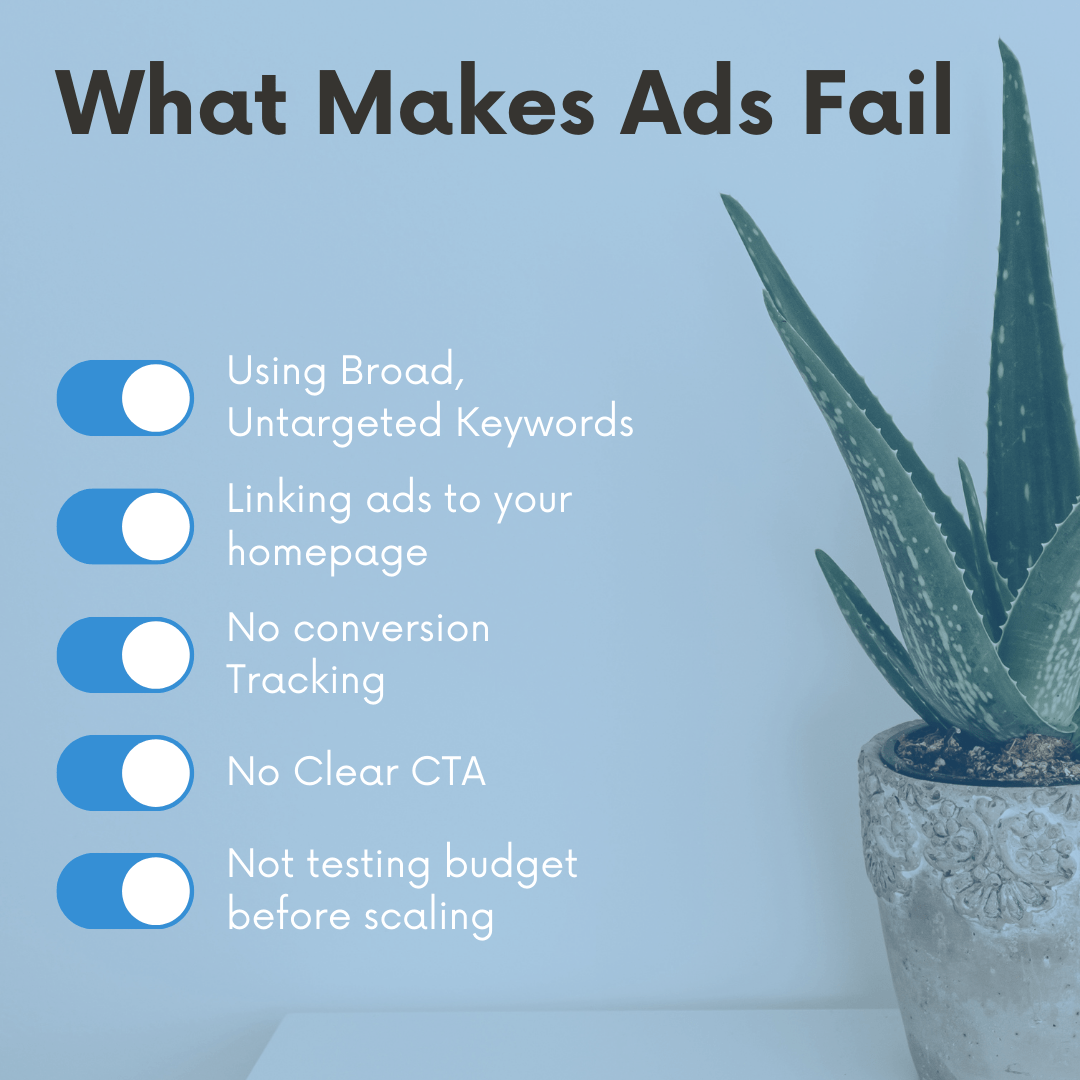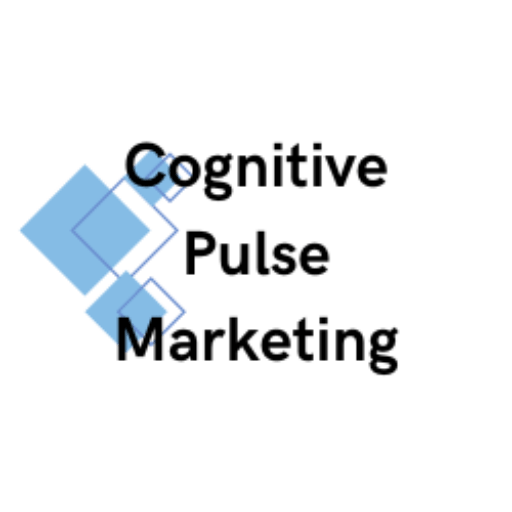Most therapists aren’t afraid of marketing—they’re afraid of wasting money.
Google Ads sounds promising: immediate visibility, high-intent clicks, new clients fast. But the moment you log in and see that a single keyword click might cost $10–$20? It’s enough to make anyone close the tab and go back to hoping for referrals.
So the big question is:
How much should a therapist actually spend on Google Ads?
The answer depends on your goals, your market, and how well your campaign is structured—but here’s the truth: you don’t need a massive budget to see results. What you do need is a strategy grounded in how people actually search for therapy and how ad platforms really work.
Let’s walk through what a realistic budget looks like, what kind of results you can expect, and how to set yourself up for success—without overspending.
Tips
Want Our Free Guide on all things Digital marketing? Click below to download it today!
Why Google Ads Can Feel Expensive—But Still Work
Google Ads doesn’t work like social media or referral networks. You’re not hoping someone sees your name. You’re showing up at the exact moment someone types something like “grief therapist near me” or “marriage counseling in Charlotte.”
That kind of timing is powerful—and it’s why therapy-related keywords often cost more per click.
But here’s the catch: not every click becomes a lead. If your targeting is off, your landing page is vague, or your ad copy doesn’t resonate, you can quickly burn through your budget with little to show for it.
We’ve seen this happen when therapists try to run campaigns themselves or work with generalist marketing agencies. It’s easy to miss small things like keyword match types or negative keywords that keep your ads from showing to people who were never going to book in the first place. These are some of the most common reasons therapists end up wasting money on Google Ads—even when their intentions (and budgets) are solid.
Budgeting Isn’t Just Math—It’s Strategy
It’s tempting to treat your ad budget like a simple formula:
“If I spend $500, how many clients will I get?”
But in reality, budgeting for Google Ads as a therapist is less about exact math and more about understanding what happens between a click and a booked session.
Let’s say your average cost-per-click is $5. That $500 might get you around 100 clicks. If your landing page converts 10% of those clicks into inquiries, that’s about 10 leads. And if half of those leads book sessions, you’ve just landed five new clients.
Now here’s the important part:
If each of those clients sees you for six sessions at $150 each, that’s $900 in revenue—per client. Your $500 ad spend could generate $4,500 or more. Suddenly, it doesn’t feel like advertising—it feels like investing.
Of course, that only works if your campaign is set up properly. That means having service-specific landing pages, using location keywords, writing clear ad copy, and optimizing for conversions—not just clicks. We break down that structure inside the Google Ads for Therapists section of our Ultimate Guide to Digital Marketing for Therapists and Private Practices.

What Different Budgets Can Actually Get You
Let’s talk practical numbers. Not hypotheticals—just realistic expectations based on what we’ve seen work for therapists across the country.
A smaller budget doesn’t mean you won’t get results—it just means you’ll need to be more precise with your targeting and a little more patient with your volume.
For example, if you’re spending $15 per day, you’re working with about $450/month. If clicks in your area average $5 each, you’re likely getting around 90 clicks in a month. If your website or landing page converts even 10% of those into inquiries, that’s 9 leads.
And if half of those leads book sessions? You’ve added 4–5 new clients that month. Multiply that by the lifetime value of a client—and suddenly your $450 ad spend is bringing in thousands in potential revenue.
On the other hand, if you’ve got $900 or $1,500 per month to work with, your volume increases, but so does your need to tighten your funnel. More budget = more room to waste money if your campaign isn’t set up correctly.

That’s why we always advise therapists to focus first on having the basics in place: strong landing pages, local keywords, and real tracking before scaling. Even the best ad won’t perform if it drops people onto a confusing homepage with no clear call to action.
Start Small. Scale Smart.
Therapists often ask: “Should I just throw a bunch of money at this and hope it works?”
Nope.
You’re better off starting with a manageable daily budget—say, $15 to $20—and using that to test your messaging, keywords, and landing pages. See what converts. Then scale up slowly and strategically.
Too many therapists try Google Ads once, spend a few hundred dollars, and quit when they don’t see results. The problem usually isn’t the platform—it’s the approach.
They’re targeting broad keywords, sending traffic to their homepage, or forgetting to set up conversion tracking.
A smart campaign isn’t about “spending more.” It’s about knowing what each dollar is doing—and adjusting as you go. That’s where a solid foundation in conversion tracking and analytics makes all the difference.

Final Thoughts: It’s Not About the Size of the Budget—It’s About Control
So… how much should you spend on Google Ads?
As much as you’re willing to invest in a system that works.
If your website is solid, your message is clear, and your campaign is targeting the right people, even a small budget can go a long way.
But if you’re sending people to a vague homepage, skipping tracking, or running ads without a plan? You’ll always feel like it’s too expensive—because you’ll never know what’s working.
Ads don’t have to feel like a gamble.
With the right setup, they’re one of the fastest ways to bring new clients through your (virtual) door.
Ready to take your therapy practice to the next level? At Cognitive Pulse Marketing, we specialize in helping therapists grow their practices with tailored marketing strategies, from website optimization to SEO and beyond. Contact us today for a free consultation and see how we can help you attract more clients and build a thriving practice.
